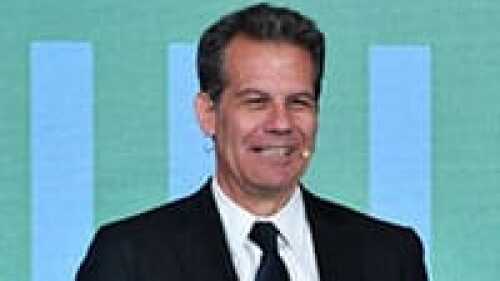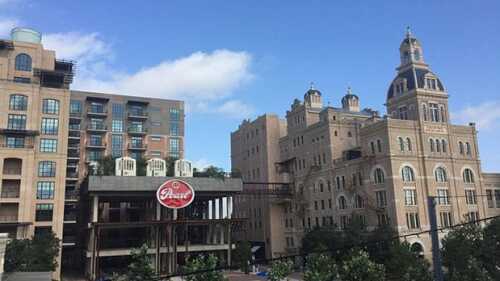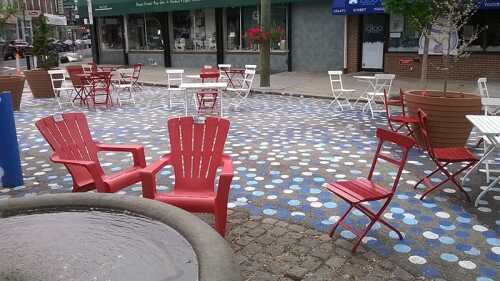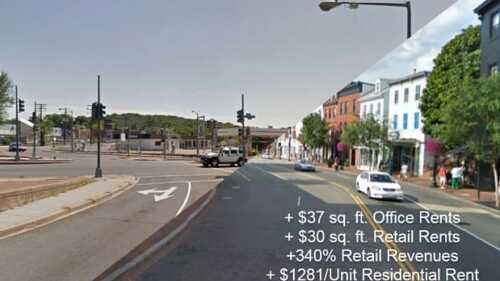Placemaking and Placekeeping
Growing cities such as Hong Kong are at the epicenter of what Richard Florida has dubbed “the new urban crisis,” with the city’s success sending house prices soaring out of reach of the average resident. The author and urbanist, who is director of cities at the Martin Prosperity Institute at the University of Toronto, spoke at the 2018 ULI Asia Pacific Summit in Hong Kong.
Thoughtful placemaking is fundamental to the success of any economically and socially viable city. Detroit’s downtown parks are both public assets and important attractions throughout each of Michigan’s four seasons.
Once among San Antonio’s largest employers, the Pearl Brewery closed in 2001, and the surrounding area had been neglected as development focused on the suburbs. A local firm took a chance on converting the property into a mixed-use destination.
Decades ago, who would have thought that the graffiti-covered walls of deteriorated industrial buildings would catalyze the regeneration of an entire urban community? A panel at ULI Washington’s recent Trends Conference explored strategies for strengthening communities’ identity and economic vitality with arts programming and local institutions.
Aging shopping malls—many burdened with high vacancy rates or even abandoned—are being transformed into vibrant, mixed-use destinations that are connected to their surrounding communities. At the 2016 ULI Fall Meeting, “the mall of the future” was explored by a panel of design, development, and placemaking experts.
For midsized U.S. cities to compete successfully in the 21st-century global marketplace, it is crucial for governments to think beyond the tired strategy of luring away employers from other locales. Instead, city officials need to focus on land use and placemaking as ways to attract talent, generate new business opportunities, and consolidate economic and community development to enhance their brands, according to speakers at ULI’s 2016 Fall Meeting in Dallas.
A Gathering Place for Tulsa, under construction along the eastern bank of the Arkansas River two miles (3.2 km) south of downtown, is one of the biggest greenway projects under development from scratch in the United States.
A decade ago, the 2200 block of Grays Ferry Avenue, the one-third of a triangular intersection girding an inoperative 19th-century fountain, was mostly prized for the handful of parking spaces it offered. Today, the street is closed to vehicular traffic and festooned with planters, painted asphalt, café tables, and a bike-sharing station.
Designing more human-centered communities requires “moving beyond intentions of what we hope to create to finding ways to actually engage with people [in order] to get there,” said designer and architect Liz Ogbu, speaking at ULI’s Housing Opportunity Conference in Minneapolis last week.
In an Urban Land opinion piece, Mariela Alfonzo, founder of State of Place, argues for the economic development potential for walkability in places like Houston.








